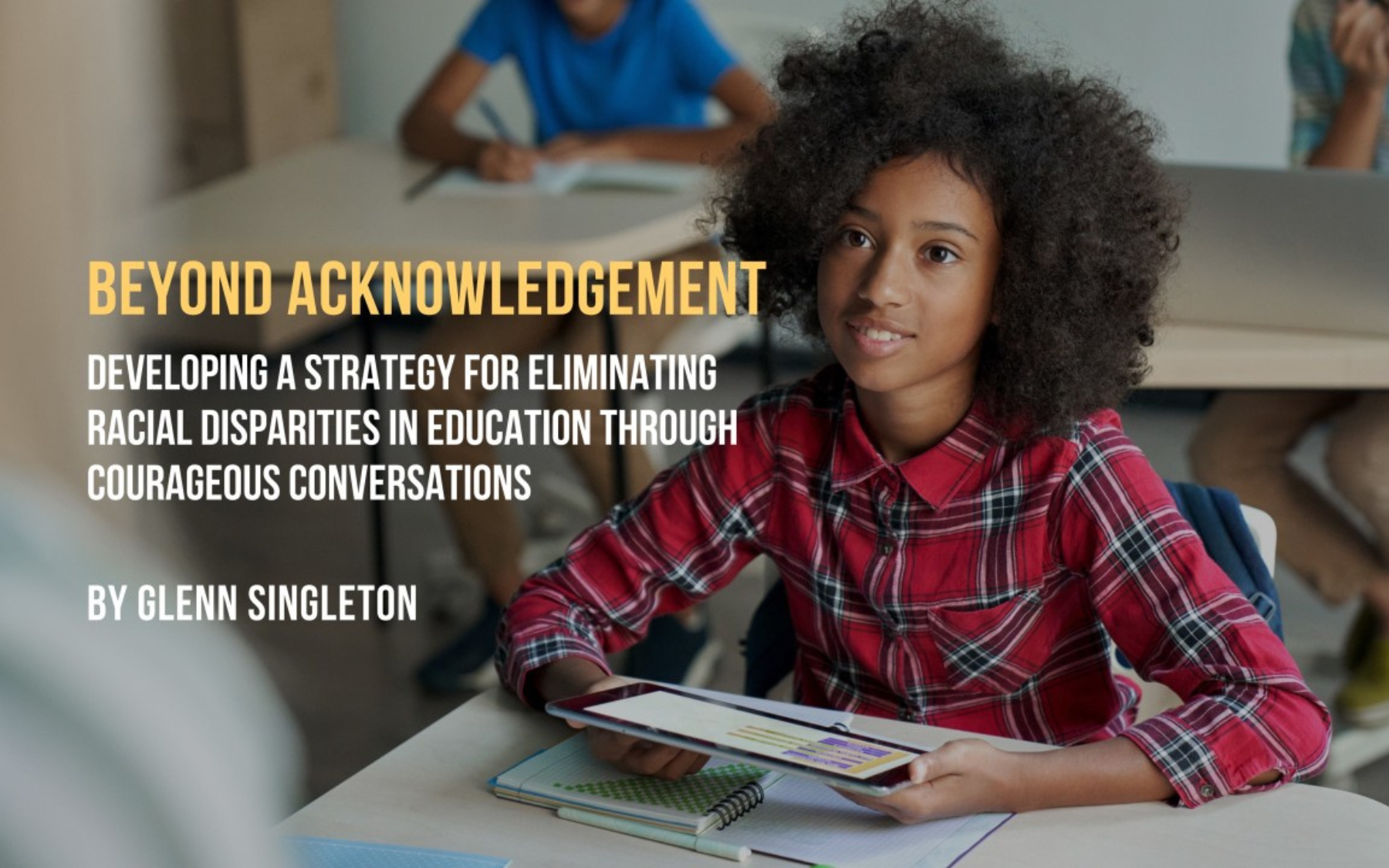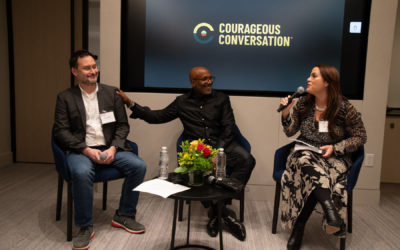By Glenn Singleton—April 24, 2023
Addressing racial disparities in education is an ongoing challenge requiring sustained attention, effort, tools and strategies.
First, what is “race?” While many think of race as biological, it is a social construct. This means that how we live race is not determined by genetics or biology but by how society defines and groups people based on physical characteristics. These characteristics can include skin color, hair texture, and facial features, among others.
In the United States and many other countries, race was introduced and is still used as a tool of oppression, with Black, Indigenous and other People of Color systematically denied access to the same opportunities and resources as White people. This has led to significant educational disparities, with Black, Brown and Indigenous students disproportionately represented in low-performing schools where they face higher suspension and expulsion rates.
To truly eliminate these disparities, we must go beyond acknowledging their existence to developing strategies for addressing them. Courageous Conversation® offers such a strategy.
We believe that to achieve equity in education, we must first create a culture of trust and understanding within our schools. This means that educators must be willing to engage in challenging and honest conversations about race and its impact on their own and their students’ beliefs, behaviors and outcomes.
Our professional learning opportunities equip educators with tools to develop the skill, will, knowledge, and capacity needed to have these conversations safely and productively. We also provide ongoing support, including coaching and consultation, to ensure that educators convert their learning into effective practice.
One key strategy we employ is “gathering qualitative data and sharing stories.” This means that educators are taught to gather data that captures the lived experiences of students of color and use these data to understand and address how race impacts their schooling. Educators also learn to craft and share their own narratives and experiences, which helps to create a schoolwide culture of understanding and empathy.
Read more on LinkedIn.




